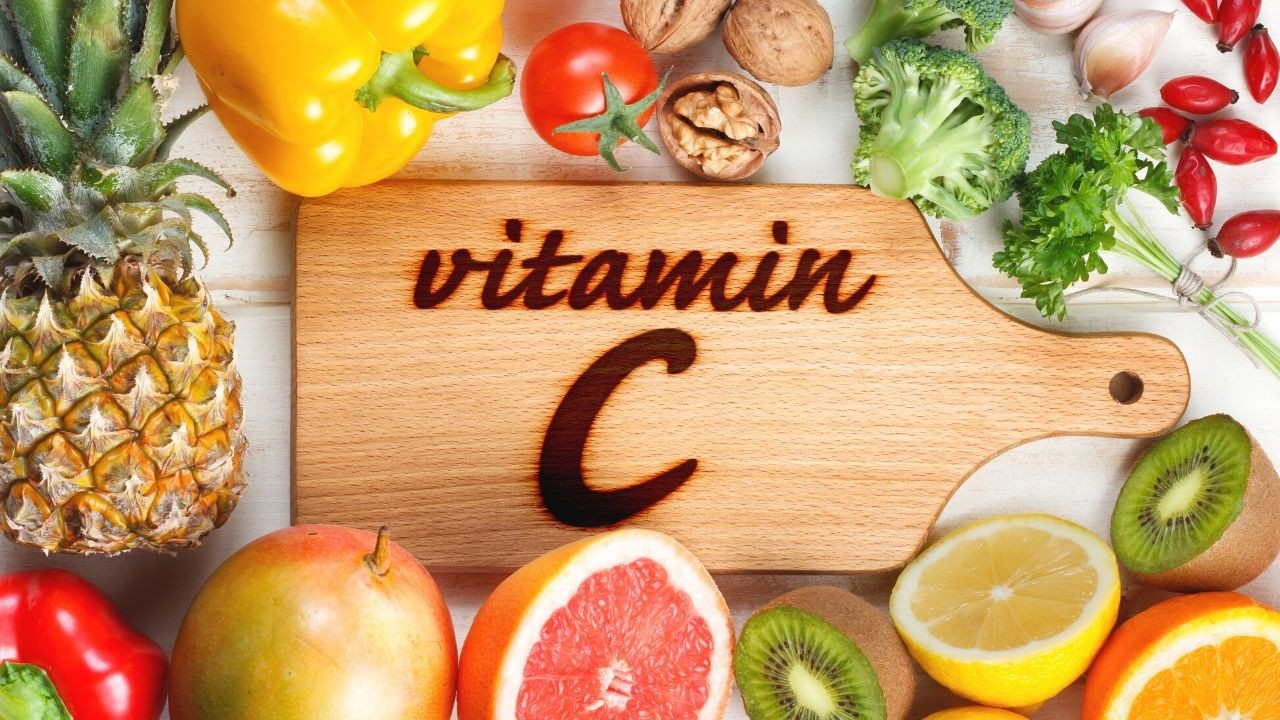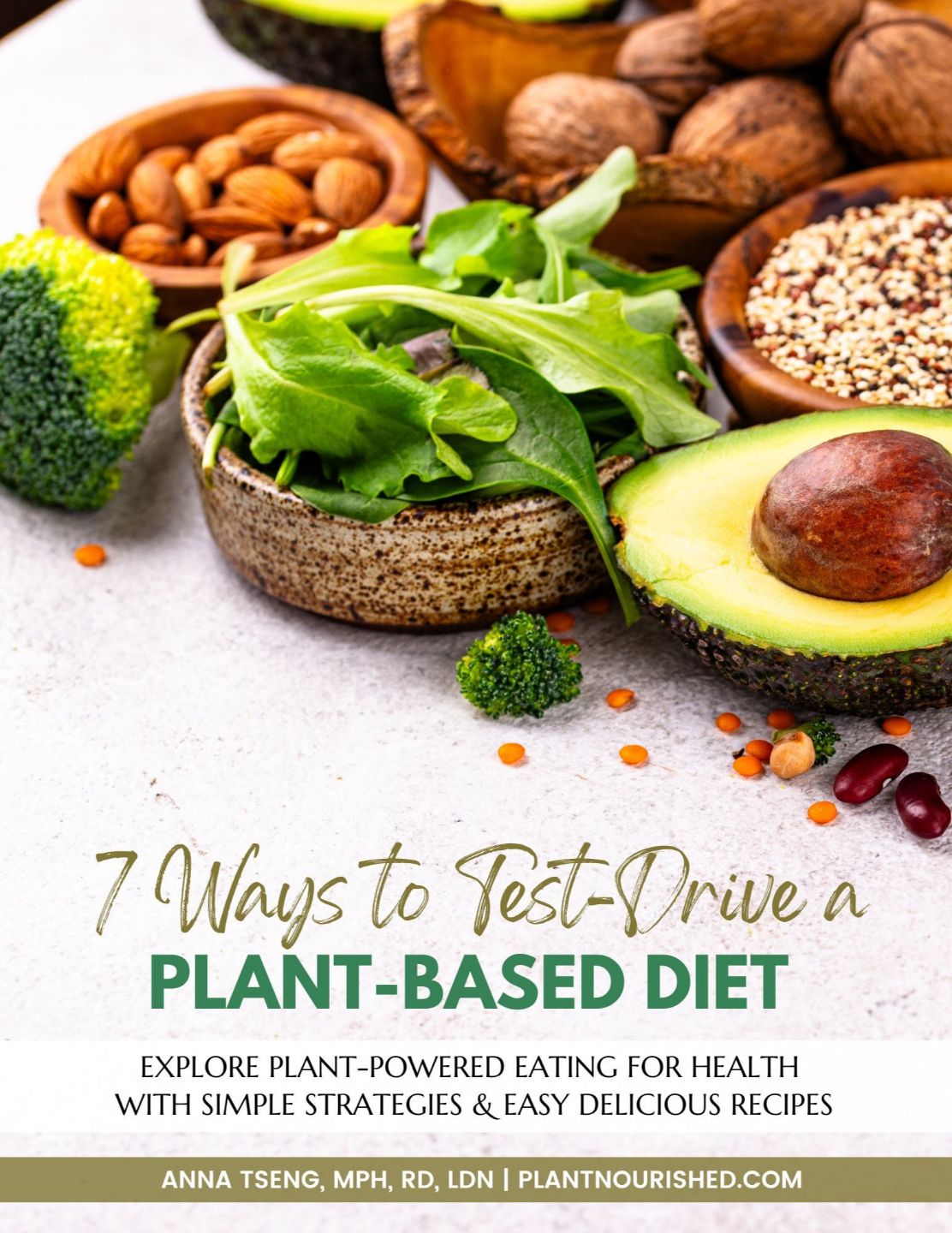Surprising Natural Immune Boosters Rich in Vitamin C
Nov 27, 2022
Are there some natural immunity boosters you can build into your meals for yourself and your family to reduce chances of catching a cold, virus or even…COVID? This article will show why vitamin C is important to our immunity and highlight some surprising fruits and vegetables that top the list in vitamin C levels, so you can start enjoying them and get a natural vitamin C immunity boost to your bodies too!
Get Ready…Cold and Flu Season is Here
If you have children under your care, the sound of coughing or a sneeze can get your back riled or make you sit up with concern. I know it does for me! I wonder if they have fallen sick, and if I need to then separate them from others in the house.
Even if there are no children in the home, you may have found yourself or more co-workers around you falling sick with colds or flus during these colder months.
But is there something you can do to help boost your own immunity and that of your loved ones – naturally - during this flu season? The answer is ‘yes’!
Why Vitamin C is Important for Immunity
Vitamin C, also known as ascorbic acid, is a strong antioxidant and plays many roles in our bodies, such as in cell signaling and in gene regulatory or cofactor actions. It builds our immune defenses by supporting cellular functions at both the innate and adaptive immune system levels. Not only that, vitamin C also supports our skin barrier function against pathogens. Within certain cells in the body, vitamin C can also enhance microbial killing and clearance of spent neutrophils from sites of infection.
How Much Daily Vitamin C?
Vitamin C, as an essential micronutrient, is critically important for our bodies. Having a deficiency can greatly increase your chances of getting scurvy (also known as severe vitamin C deficiency) with symptoms such as general weakness, anemia, gum disease and skin hemorrhages. As shown earlier in this article, vitamin C plays vital roles in immunity too, so a deficiency can also impair immunity and lead to more susceptibility to infections. Low suboptimal plasma vitamin C levels are often seen in those who generally consume low levels of fresh fruit and vegetables, or are in states of active inflammation.
So what would be a good baseline daily intake level to aim for, if you would like to prevent infection through dietary vitamin C intakes? A recommended level, in the absence of any existing infections, to ensure at least adequate or saturated plasma levels to optimize cell and tissue levels would be 100 – 200 milligrams a day.
Top 5 Fruits & Vegetables Surprisingly Rich in Vitamin C
So is there an easy way to meet these vitamin C goals – naturally? Yes, indeed! Get ready to be surprised, because listed here are 5 fruits and vegetables that are super rich in vitamin C:

Acerola Cherries
The first surprise shocker are these: Acerola cherries! These cherry-like fruits are also known by many other names such as West Indies cherries, Barbados cherries, or just ‘Acerolas’. Note, though that Acerolas are a tropical fruit originating in the Western Hemisphere and are botanically not true cherries. So these are different from the usual cherry varieties that you often see in stores. But they do pack a super high vitamin C rich punch! One cup of raw Acerola cherries (98 grams in weight) provides a whopping 1650 milligrams of vitamin C (yes, you read that right!).
As the Acerola cherry ripens over time though, its vitamin C levels drop, so enjoy them quickly if you chance across some at the grocery store, especially since they only keep for a few days in the refrigerator. Alternatively, you can buy these cherries in bulk and then freeze some to use in the future. But since Acerola cherries do not keep well once picked, you will likely find them more readily in powdered form or as a supplement, and less often in supermarket stores.

Bell peppers
Bell peppers or sweet peppers are good sources of vitamin C, but one color stands out in vitamin C content above the rest. These are yellow bell peppers. In fact, just one large raw yellow bell pepper (186 grams in weight) provides 342 milligrams of vitamin C. This is more than 3 ½ times the Recommended Dietary Allowance for an adult male, and more than 4 ½ times that for an adult female! Compare this to one large raw green bell pepper (164 grams in weight) which provides 132 milligrams of vitamin C. Here’s a pro tip: it’s best to enjoy the bell peppers raw if you can, as antioxidant levels drop with cooking.

Mustard Spinach
Now before you rush out and buy all the spinach you can find, know this – ‘Mustard Spinach’ looks like spinach, but Mustard Spinach is not actually botanically part of the spinach family! It actually belongs to the (hurray!) powerful health-boosting cruciferous family along with broccoli, kale and cabbage. However, the good news is that it cooks up easily just like spinach, or you can enjoy it raw in a salad. Other names for this vegetable are ‘Spinach Mustard’ or ‘Komatsuna’ and you will likely find this in larger supermarket stores or in Asian/Ethnic grocery stores. One cup of raw chopped mustard spinach (150 grams in weight) already yields 195 milligrams of vitamin C!

Guava
The guava is a tropical fruit that is cultivated in many of the warmer tropical and subtropical regions of the world. There are multiple varieties of guava available, with the most common forms cultivated being the white and pink varieties. One small guava (only 55 grams in weight), already provides you with 125 milligrams of vitamin C!

Kiwis
While not as high in vitamin C as Acerola cherries, kiwis are still mighty in vitamin C – especially when you consider their size. In fact, one regular-sized raw kiwi (75 grams in weight) already provides 56 milligrams of vitamin C. So, imagine the double dose of vitamin C power you'll get if you ate two in a sitting!
The Key Takeaway
When we think of vitamin C sources, we tend to think of fruits like oranges. But actually, a medium-sized raw orange (131 grams in weight) only contains approximately 70 milligrams of vitamin C. As you can see, many of these fruits and vegetables listed above have way more vitamin C than that of an orange. Surprised?
So where or how can you get 100 – 200 milligrams of vitamin C a day – naturally? This may initially seem like a lot, but as you have seen, it is actually EASY to meet these daily vitamin C intake goals if you choose the right natural whole plant-based foods to incorporate into your meals. Wishing you health and wellness in the midst of this flu and cold winter season!
Sources:
Carr AC, Maggini S. Vitamin C and Immune Function. Nutrients. 2017 Nov 3;9(11):1211. Accessed October 19, 2022.
Ang A, Pullar JM, Currie MJ, Vissers MCM. Vitamin C and immune cell function in inflammation and cancer. Biochem Soc Trans. 2018 Oct 19;46(5):1147-1159. Epub 2018 Oct 8. Accessed October 19, 2022.
Jiménez-Monreal AM, García-Diz L, Martínez-Tomé M, Mariscal M, Murcia MA. Influence of cooking methods on antioxidant activity of vegetables. J Food Sci. 2009 Apr;74(3):H97-H103. Accessed October 19, 2022.
All nutrient values for the foods discussed in this article are obtained from the USDA FoodData Central Database. Accessed October 19, 2022.



